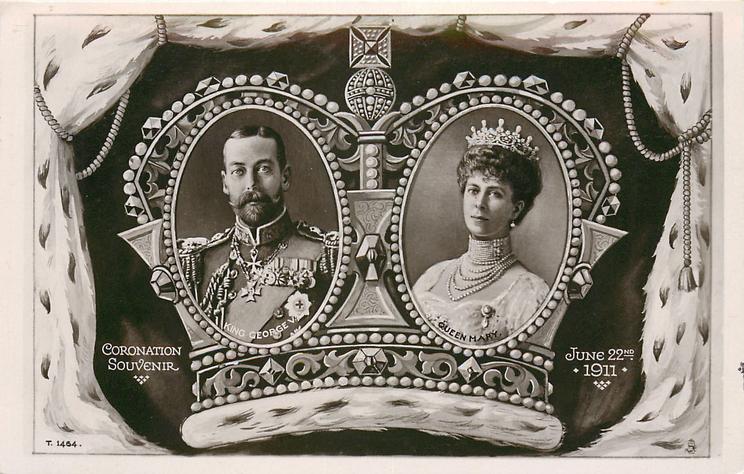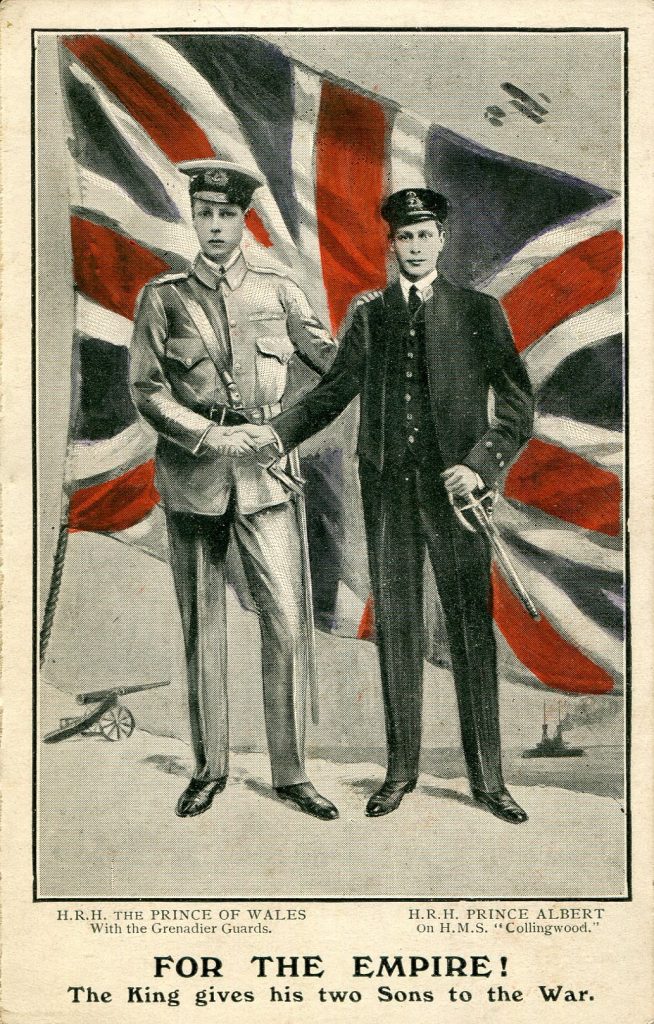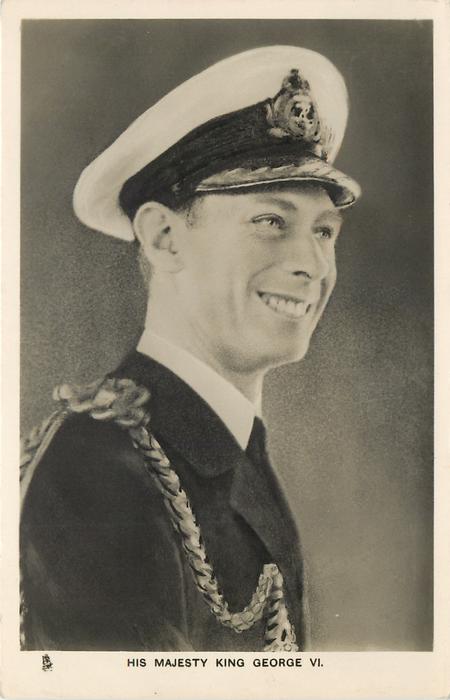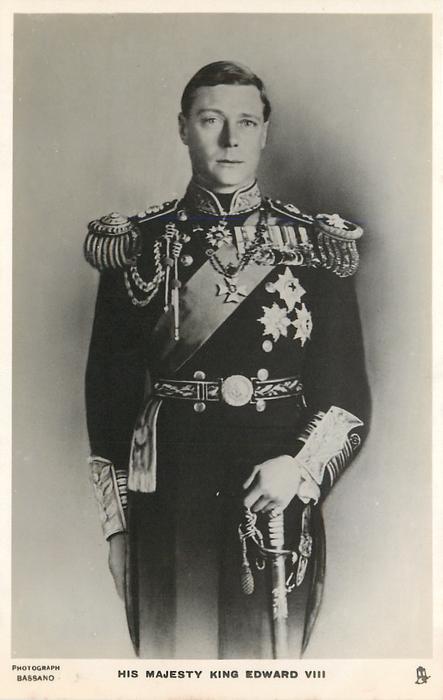Editor’s Staff
The King’s Sons
In the big galactic warehouse where the world keeps curiosities, the one that is most frequently examined is the American fascination with British royalty. The list of long-ago forgotten monarchs dates to the much-disputed year of 886. As any historian will tell you, anything that endures for over a thousand years is fodder for amazement.
A more common date often thought to be the start of modern British kings and queens is 1066. The Battle of Hastings brought William the Conqueror to the shores of England and a long and glorious history began. This is not to say there was no intrigue. There was plenty of everything that mankind can do wrong, but when that is minimized, the story crosses the threshold of the twentieth century.
Queen Victoria died at age 81 on the twenty-second day of the twentieth century. Her son Edward VII ruled for nine years until his death in May 1910. When Edward’s son took the throne that May, he, becoming King George V was the third monarch to reign in the twentieth century. The story of this “For the Empire” postcard starts with him.

George Frederick Ernest Albert married Mary of Teck at St. James’s Palace in 1893, seventeen years before his ascension to the throne as King George V. They had six children, all born before he became king – five princes and one princess. As a royal couple, George and Mary reigned over the United Kingdom for 26 years, eight-and-one-half months. They, like all parents were proud of their children. The featured card below suggests that it was the King who gave his sons to the War efforts; but we all know that Mary had a voice in the matter. Edward and Albert were her sons, too!

The eldest, Edward Albert Christian George Andrew Patrick David (the practice of naming royal children will be another Postcard History topic soon in the making) was born on June 23, 1894. At Caernarfon Castle in July 1911 at age 16, Edward was given the title Prince of Wales. He served as the heir apparent until his father’s death in 1936.


The five years (inclusive) 1914 to 1918 covered by the “For the Empire” card above were likely the most visible ones in the history of the British crown.
Edward served in the royal navy for a brief period, but when the intensive training to be king began he was withdrawn from service to attend Magdalen College at Oxford. In 1914, just as the Great War began, Edward attained minimum age for active service. He joined the Grenadier Guard and was eager to see active service at the front. But, when you are a royal there are many circumstances that are far out of your control. One such for the future king was, the War Secretary Lord Horatio Herbert Kitchener said, “No!”
Kitchener’s rationale was simple: the nation, in the time of war, could not abide the vast and unimaginable public relations problem that would arise if the heir apparent to the British throne were captured by the enemy.
Nevertheless, Edward witnessed trench warfare and all the misery that went with it. He visited the front lines often. (There are many postcards showing him in France and along the western front.) His presence alone and being where he could be seen by the soldiers earned him the Military Cross in 1916. His role in the war was minimal but the aura of caring made him popular with the veterans.
Edward became the second monarch of the House of Windsor in 1936. [The name Windsor was chosen by Edward’s father George V in 1917 (when the world was at war) because it sounded more British than the German name of Queen Victoria’s husband Prince Consort Albert Saxe-Coburg and Gotha.]
Edward VIII reigned 327 days and abdicated the throne on December 11, 1936, because the political and social wags of the era thought that the king of England being married to an American was an unsustainable political and social faux pas.
Edward left the throne, married the woman he loved, moved to France, and died at age 77 in 1972.
Albert Frederick Arthur George is remembered today at the “reluctant king.” He is likely the only royal in history to be remembered because of his stutter. He was born on December 14, 1895, while his grandmother, Victoria, was still queen.
The “For the Empire” postcard names His Royal Highness Albert as a crew member of the H.M.S. Collingwood. This piece of information is easily confirmed in biographical sources as between September 15, 1913, when he spent three months in the Mediterranean (a time during which he never overcame his chronic seasickness), and June 1, 1916, when he was honored by the ship’s captain for his actions as a turret officer during the Battle of Jutland. As a participant in that battle, he was the first British royal to see wartime action since the days of William IV in 1813.
Prince Albert, for most of his life was a sickly individual. In addition to his stutter, he suffered from continued motion sickness and during his service he endured a life-threatening case of appendicitis. All his health problems were exacerbated by the stress of war and his excessive smoking.
In April 1923, Albert married Lady Elizabeth Bowes-Lyon (the dear lady the whole world knew as the Queen-Mum). Their daughter Elizabeth was born on April 21, 1926.
Albert became king in December 1936. He, like his brother Edward served his country with devotion, but his service could also arguably be the cause of his death. He died on February 6, 1952; he was only 56 years old.
* * *
The two portrait postcards above are both Tuck products.
A good summary! Edward VIII could certainly have married an American, but not a divorcée, which was the issue with Mrs Simpson.
One thing I remember about Albert (who took the name George VI during his reign) and Elizabeth Bowes-Lyon was that they were treated to a lunch of hot dogs when they visited Franklin and Eleanor Roosevelt’s residence in Hyde Park, New York, during FDR’s administration.
very good article.